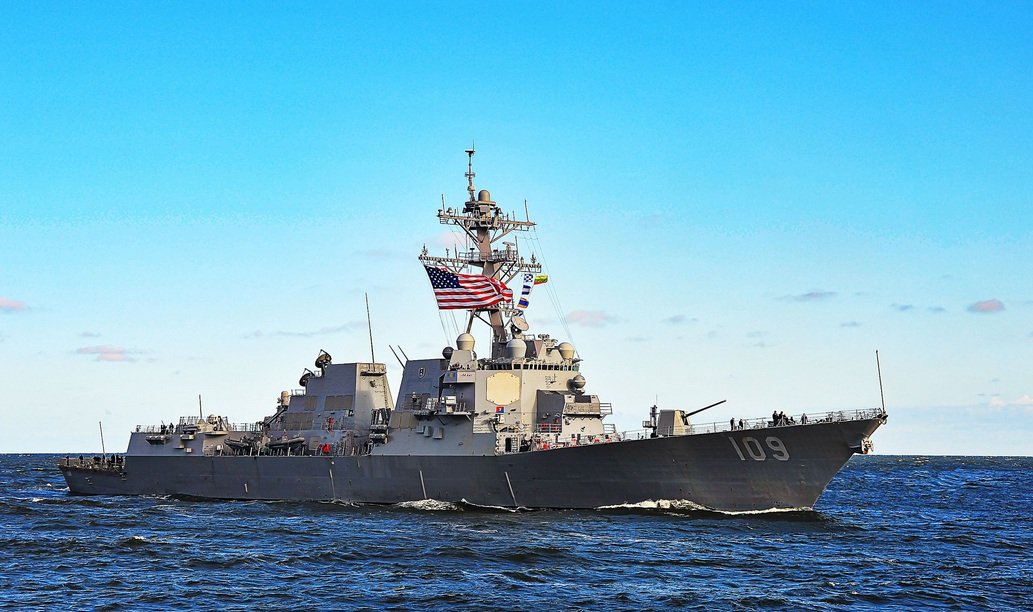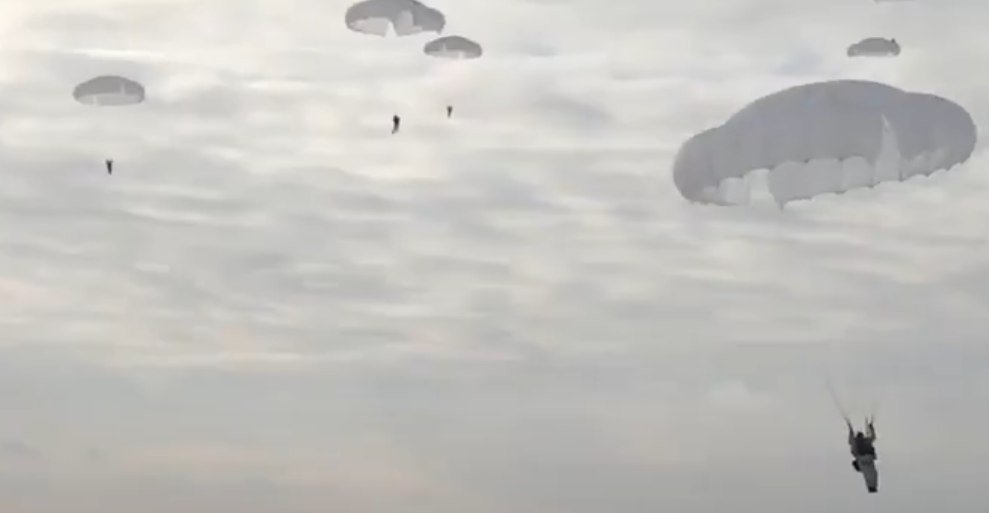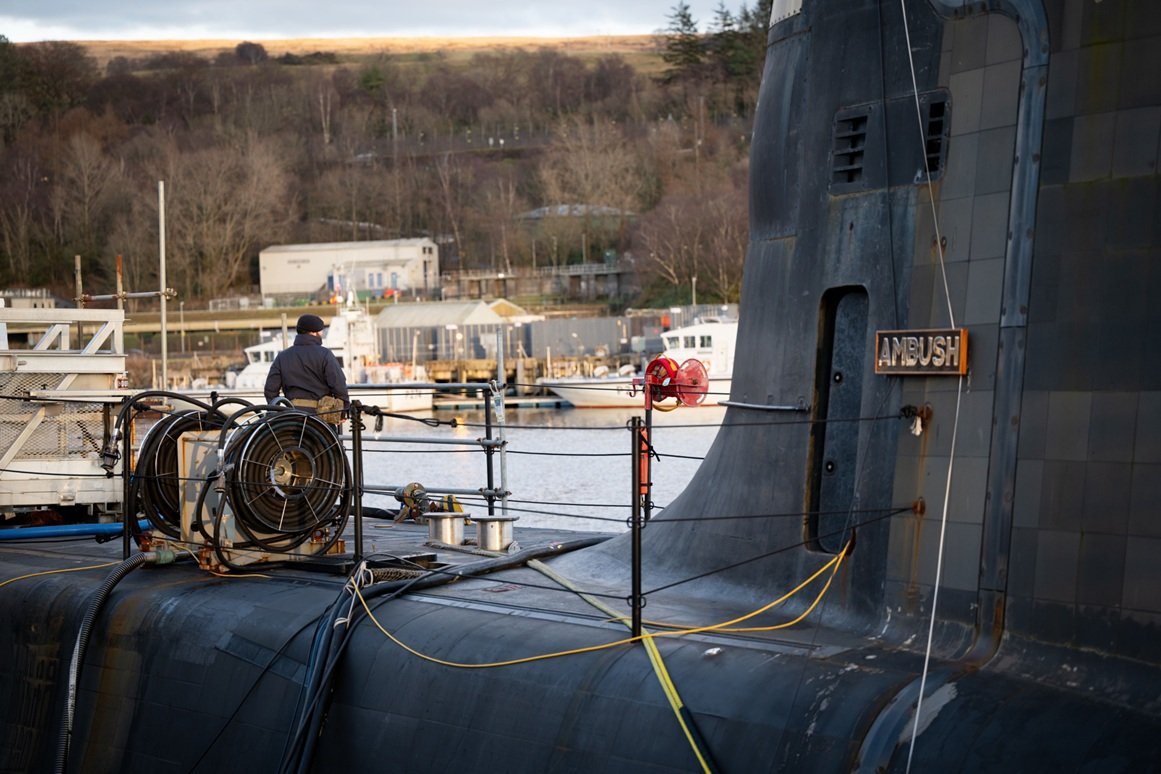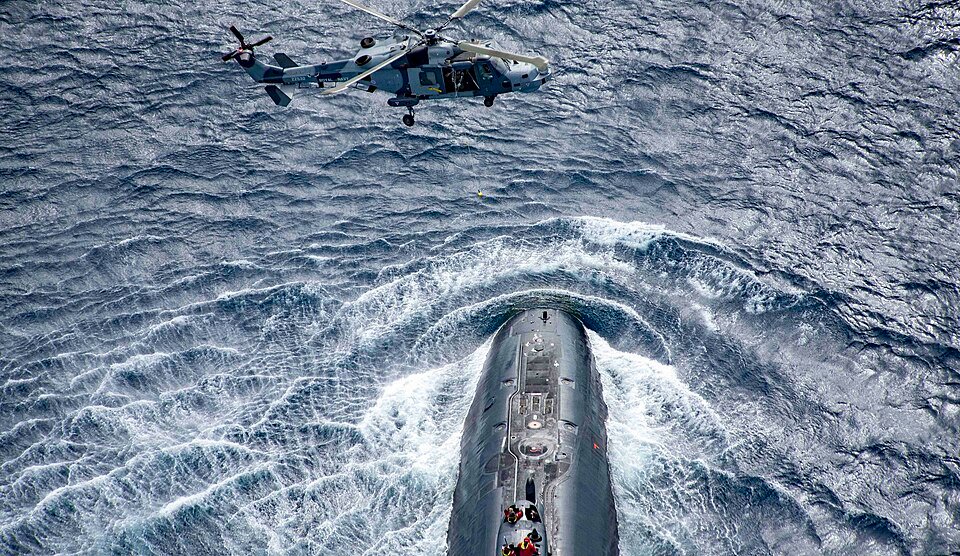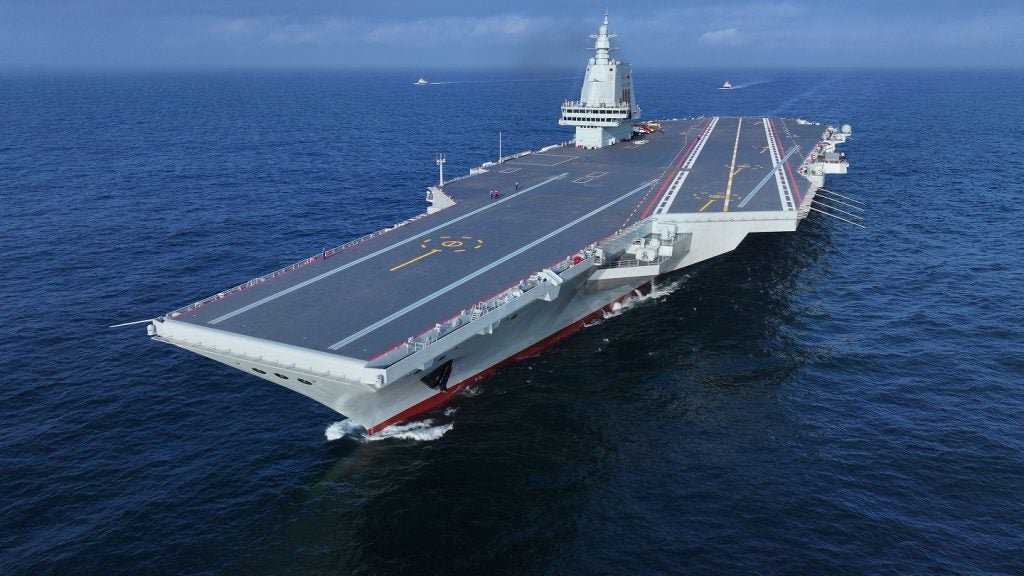
The technology and capabilities of the Chinese “aircraft carrier” 003 are already breathing down the backs of the American ones
China, July 14, 2025 – The Chinese aircraft carrier Fujian represents a technological breakthrough that can fundamentally change the balance of power at sea. While the previous vessels of the Chinese People’s Liberation Army were rather transitional types, thanks to electromagnetic catapults, drone readiness and advanced radars, Fujian is for the first time really approaching American floating fortresses. Not long ago, the idea of technological parity sounded like science fiction – today China is already breathing down the backs of the Americans.
The Fujian ship – a technological leap
The aircraft carrier Fujian, officially designated as the 003 class, represents the most ambitious naval project in the history of the People’s Republic of China. It was ceremonially launched on June 17, 2022 at the Shanghai Jiangnan Shipyard Complex, and the ceremony itself was a clear signal – Beijing wants to show the world that it is joining the club of the most advanced naval powers. With an estimated displacement of over 80,000 tons, Fujian is close in size to the US Nimitz-class supercarriers, although it remains slightly behind the nuclear-powered Gerald R. Ford class. It is the first Chinese aircraft carrier to use a flat flight deck without a jump bridge – instead, it relies on electromagnetic catapults (EMALS), which promise to operate aircraft on board much more efficiently. The ship is named after the eastern Chinese province of Fujian, which lies opposite Taiwan – so the symbolism is not accidental. Fujian is not just another step in the gradual modernization of the Chinese fleet. It is a technological leap by which China is trying to match, and in some respects even surpass, the capabilities of Western naval forces. However, the groundbreaking character of the ship does not depend only on its size or shape. The key are the systems and technologies that Fujian integrates: from the aforementioned catapults to advanced radar complexes to the potential ability to operate unmanned aircraft. These elements will determine whether Fujian becomes just an impressive vessel on paper or a truly functional force projection tool.
Key technologies and capabilities
The most striking technological innovation that distinguishes Fujian from previous Chinese aircraft carriers and most other world vessels is the use of the electromagnetic catapult EMALS (Electromagnetic Aircraft Launch System). This makes China only the second country in the world – after the United States – to integrate this technology into an operational aircraft carrier. While traditional aircraft carriers, including the Chinese Liaoning and Shandong, use either skijumps or steam catapults (in the case of the US and France), EMALS works on a completely different principle. Instead of steam pressure, the aircraft is accelerated using an electromagnetic field generated by linear motors. This method allows for smoother and more precise acceleration of aircraft and reduces mechanical stress on the fuselage, landing gear and armament. From a practical point of view, this means several major advantages: 1) A wider range of aircraft – including heavier combat vehicles, fixed-wing air-to-air warning and control (AEW&C) aircraft, tankers and unmanned aerial vehicles. 2) Higher frequency of take-offs, shorter reset time between launches. 3) Lower operating costs and easier maintenance compared to complicated steam systems. 4) More precise control of the acceleration force, which is advantageous for light and sensitive platforms (e.g. drones).
The United States first deployed EMALS on the USS Gerald R. Ford, where the system went through a complex testing period with a number of problems. In contrast, China’s EMALS, according to available information, was developed with a strong emphasis on stability and simplicity – and although Beijing is still hiding exact test data, available indications indicate that the Fujian catapults are already in a very advanced stage of testing. Technologically, China is on par with the US in this area – and in some aspects, especially in the speed of development and implementation, it is even catching up with American progress at a pace that is drawing legitimate attention in the Pentagon. However, the difference still remains in the level of operational experience: while American crews have decades of catapult flight operations behind them, China is only just entering the field of “hard” naval aviation.
Use of drones and unmanned aerial vehicles
One of the most significant advances that the Fujian aircraft carrier brings is the ability to integrate advanced unmanned aerial vehicles (UAVs) into shipboard operations. While previous Chinese aircraft carriers focused exclusively on conventional manned aircraft, the 003 class has been designed from the start with the advent of the unmanned era in naval warfare in mind. It is not yet certain which specific drones the Fujian will use operationally – but tests of aircraft such as the GJ-11 Sharp Sword or the stealth UAV of the Flying Dragon type indicate that China is working intensively to integrate next-generation unmanned vehicles into its shipboard forces. This development fits into a broader trend where aircraft carriers are transforming from traditional “launch platforms” into complex drone carriers capable of conducting networked operations in electromagnetically disturbed environments. Fujian could thus become the first truly unmanned-optimized aircraft carrier outside the United States.
Modern radar and electronic systems
Another key pillar of Fujian’s capabilities is its advanced sensor and electronic architecture. Although the Chinese military has not released the exact technical parameters, satellite images and leaks from test centers indicate that the ship will be equipped with multi-purpose AESA (Active Electronically Scanned Array) radars. These represent the cutting edge of current radar technology – they use thousands of miniature transmitter modules that allow them to track dozens to hundreds of targets simultaneously, with high accuracy and resistance to interference. AESA radars provide: 1) Simultaneous tracking and fire control at multiple levels (air-to-air, air-to-ground), 2) Low probability of detection thanks to adaptive broadcasting, 3) High resistance to ECM (electronic warfare).
Fujian will almost certainly have digital sensor fusion, which means that data from various radars, sonars, electro-optical sensors and satellite inputs will be merged into a single, clear tactical picture. Thanks to this digital infrastructure, it will be possible not only to more effectively control the carrier-based air force, but also to coordinate operations with other ships of the fleet within the networked battlefield. Such complex electronic equipment allows not only defense against threats (including stealth aircraft or low-flying missiles), but also active conduct of electronic warfare. Fujian is not only an aircraft carrier, but also a powerful information and communications hub of the fleet.
Comparison with American aircraft carriers
The aircraft carrier Fujian undoubtedly represents a significant technological advance of the Chinese Navy and its capabilities are significantly approaching those of the American super aircraft carriers, especially the Gerald R. Ford class. However, there are still fundamental differences. Fujian uses conventional steam-gas propulsion, while the USS Gerald R. Ford is powered by two nuclear reactors, which allows American ships to have almost unlimited operational range and endurance at sea without the need for refueling. In terms of displacement, Fujian is around 80,000 tons, while Gerald R. Ford is around 100,000 tons, which means more capacity and space for additional equipment on the American ship. Both ships are equipped with EMALS electromagnetic catapults, but the American ship has four runways for catapulting aircraft, while Fujian probably has three. The American ship also carries slightly more aircraft on board, approximately seventy-five or more, while Fujian has a capacity estimated at around sixty to seventy aircraft.
Advanced radar systems are another difference. Fujian uses modern AESA radars, probably the Type 346, while Gerald R. Ford is equipped with a combination of AN/SPY-3, AN/SPY-4 and EASR radars, which provide comprehensive and robust detection capabilities. As for the carrier-based early warning aircraft, the American ship operates the proven E-2D Advanced Hawkeye, while the Chinese ship is still developing its own systems of this type. A great advantage of the American ships is also their long-term experience in combat deployments.
American aircraft carriers have undergone a number of operations and missions, while the Chinese aircraft carrier Fujian and its predecessors have not yet had any combat experience. This fact is also reflected in the operational readiness of the crews and their ability to effectively manage complex situations in a real conflict. Another limitation is logistical support. The United States has an extensive network of naval bases and support points around the world, such as in Hawaii, Guam, Japan, and Diego Garcia, which allows its fleets to operate long-term and far from home. China currently has only a few limited foreign bases, such as in Djibouti, and its ability to refuel and supply on the high seas is significantly lower. Finally, the number of aircraft carriers cannot be ignored. While the United States operates eleven nuclear-powered supercarriers, China has only two aircraft carriers in active service, and the Fujian is still in the process of being completed and tested.
Overall, the Fujian significantly narrows the technological gap between the Chinese and American navies, especially in the area of catapult systems and the ability to operate complex aircraft, but in the area of strategic deployment, operational endurance, and combat experience, the Americans still remain several steps ahead of China. The outcome of the future competition will depend not only on the technology itself, but also on the ability to use it effectively in real conditions.

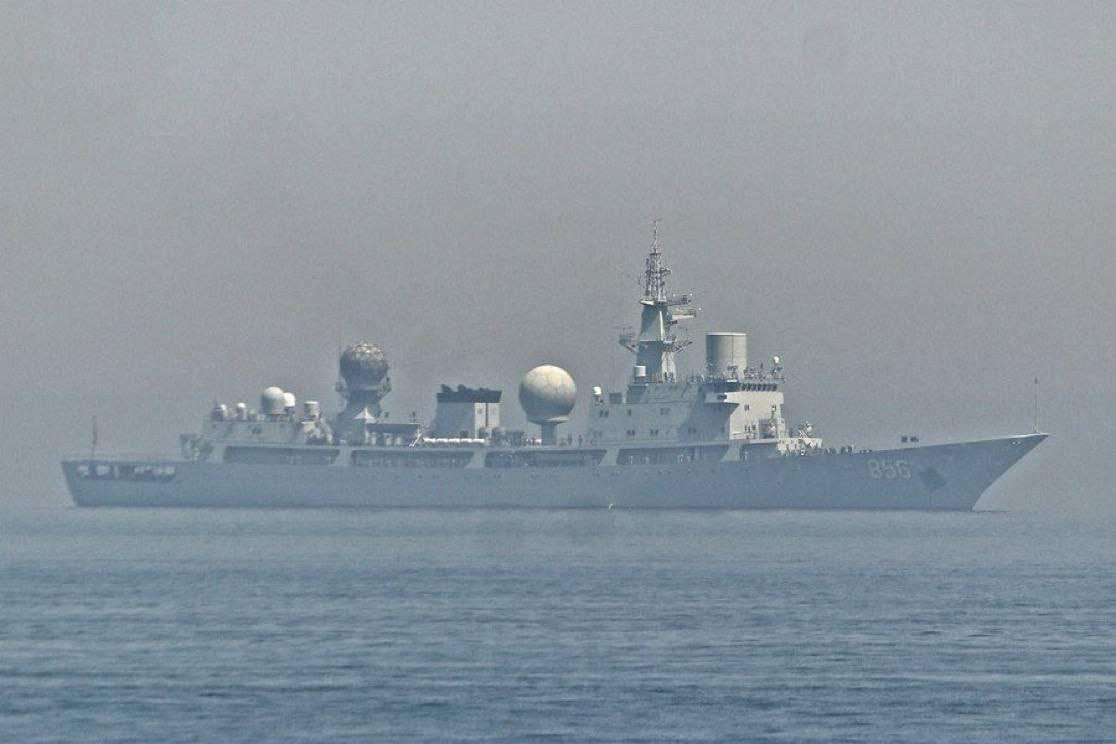
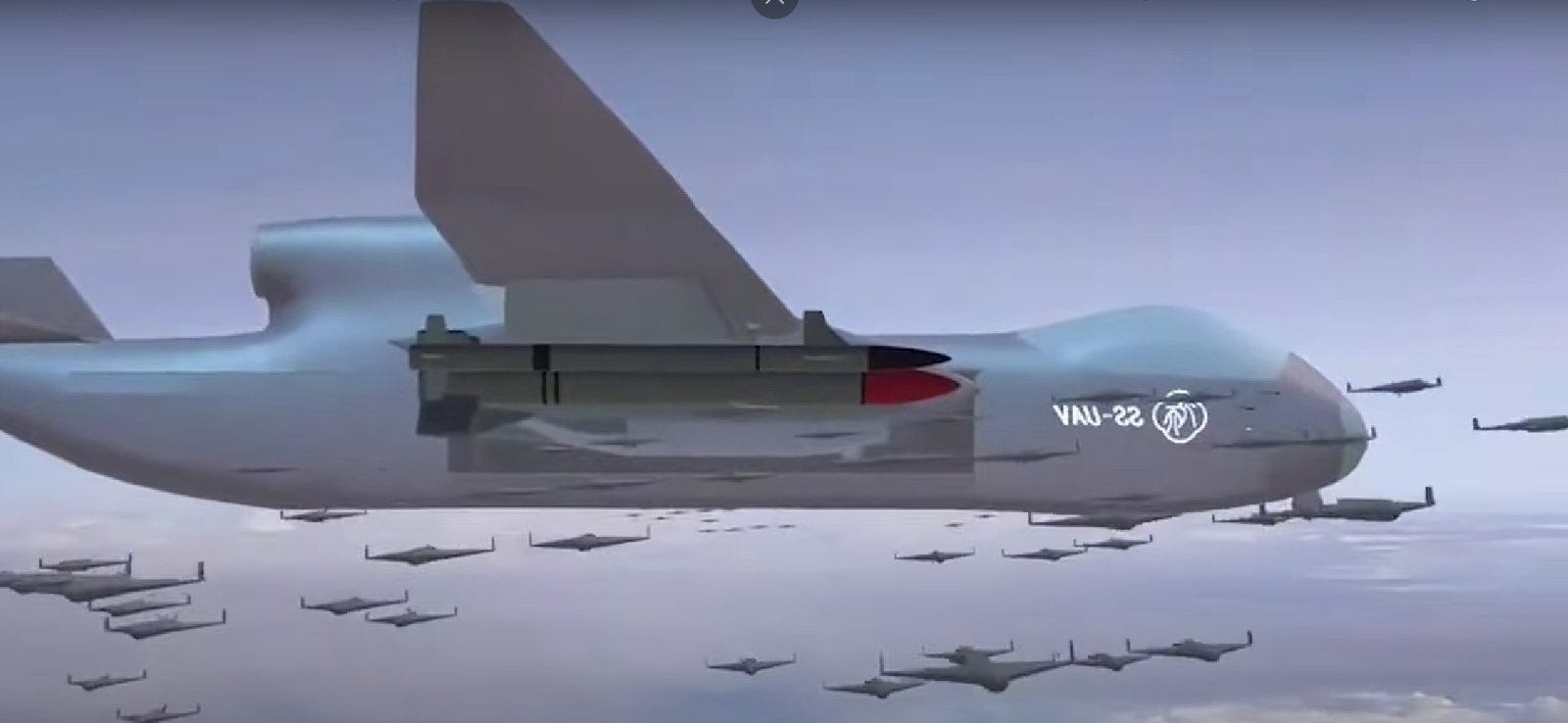
Martin Scholz





